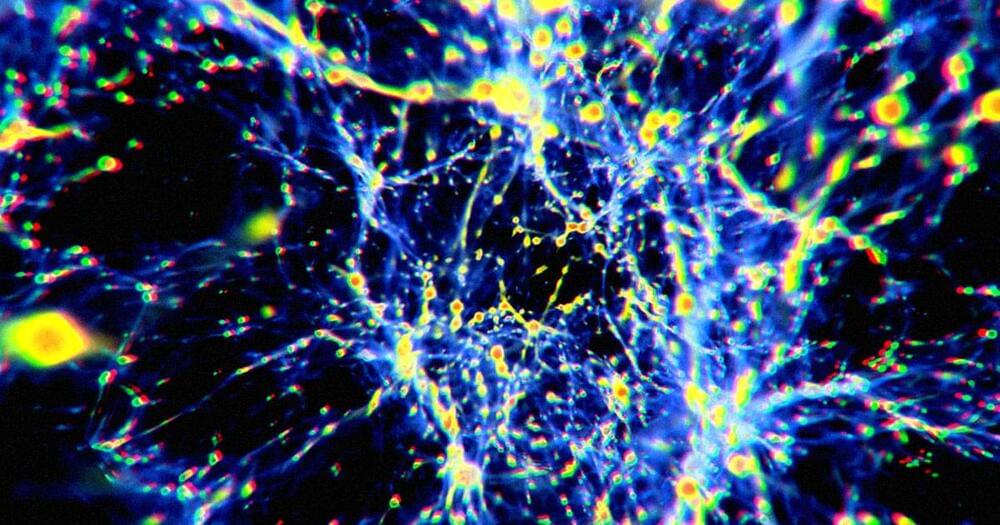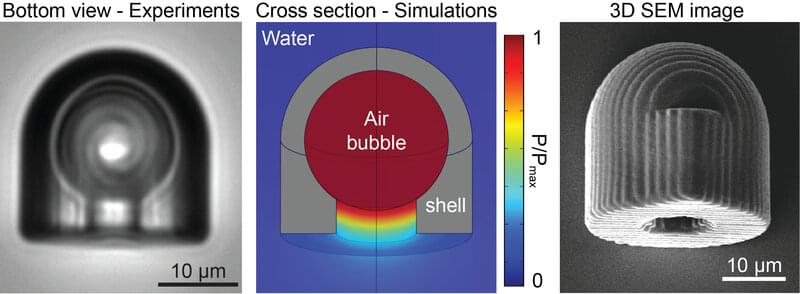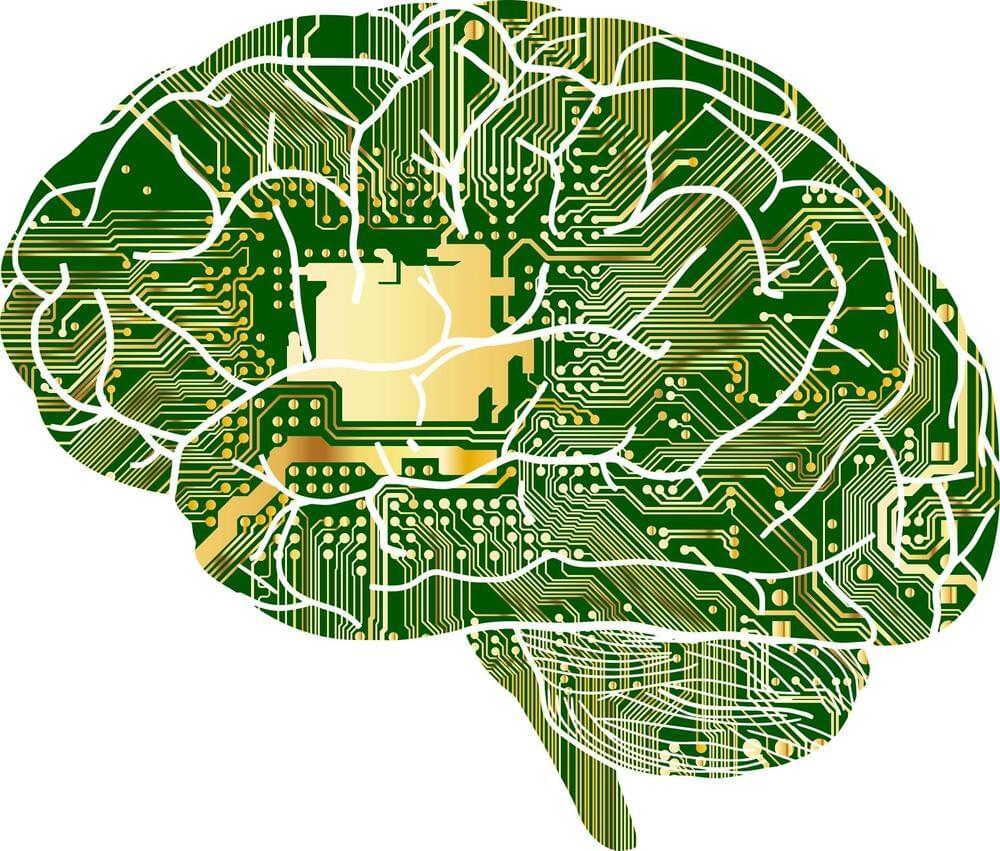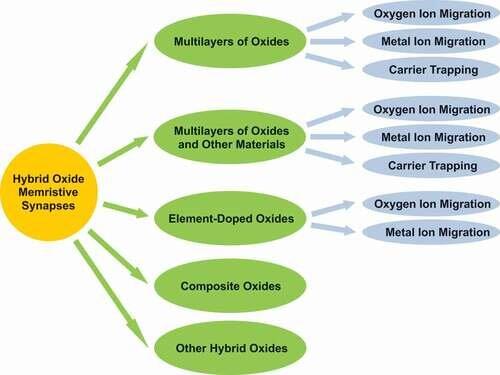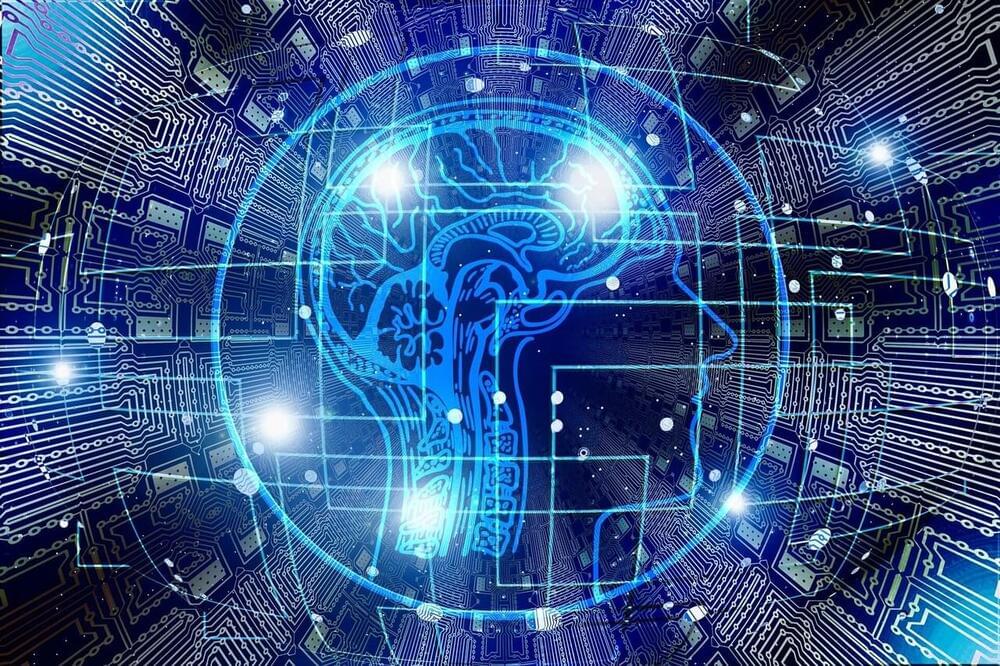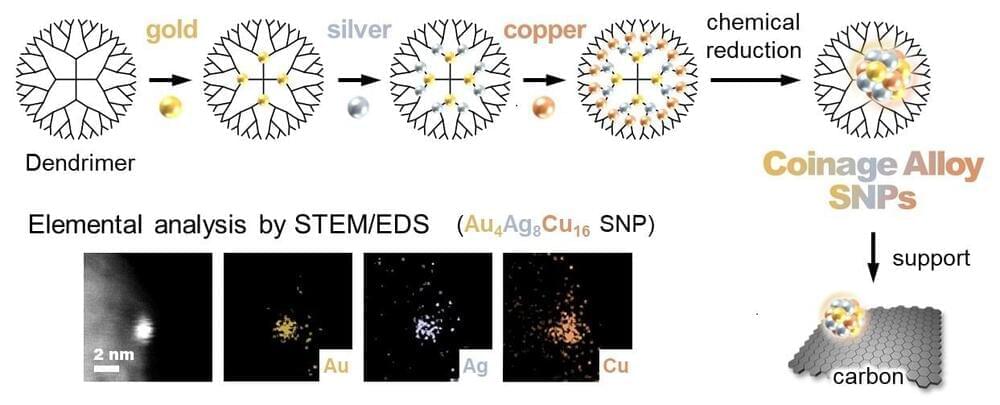Mar 12, 2022
Top 25 Most Promising AI Startups in 2021
Posted by Dan Breeden in category: robotics/AI
Artificial intelligence is making its significance in most of the major sectors these days. The top AI startups are making a buzz in the market that has the potential to revolutionize the world. There are thousands of AI startups available today and this blog will share some of the most promising AI Startups that are making waves in the AI technology field.
Before jumping into sharing about these startups, let’s understand what area of field AI is contributing to. Mentioned below are some of the major fields where AI is contributing and bringing a change.

